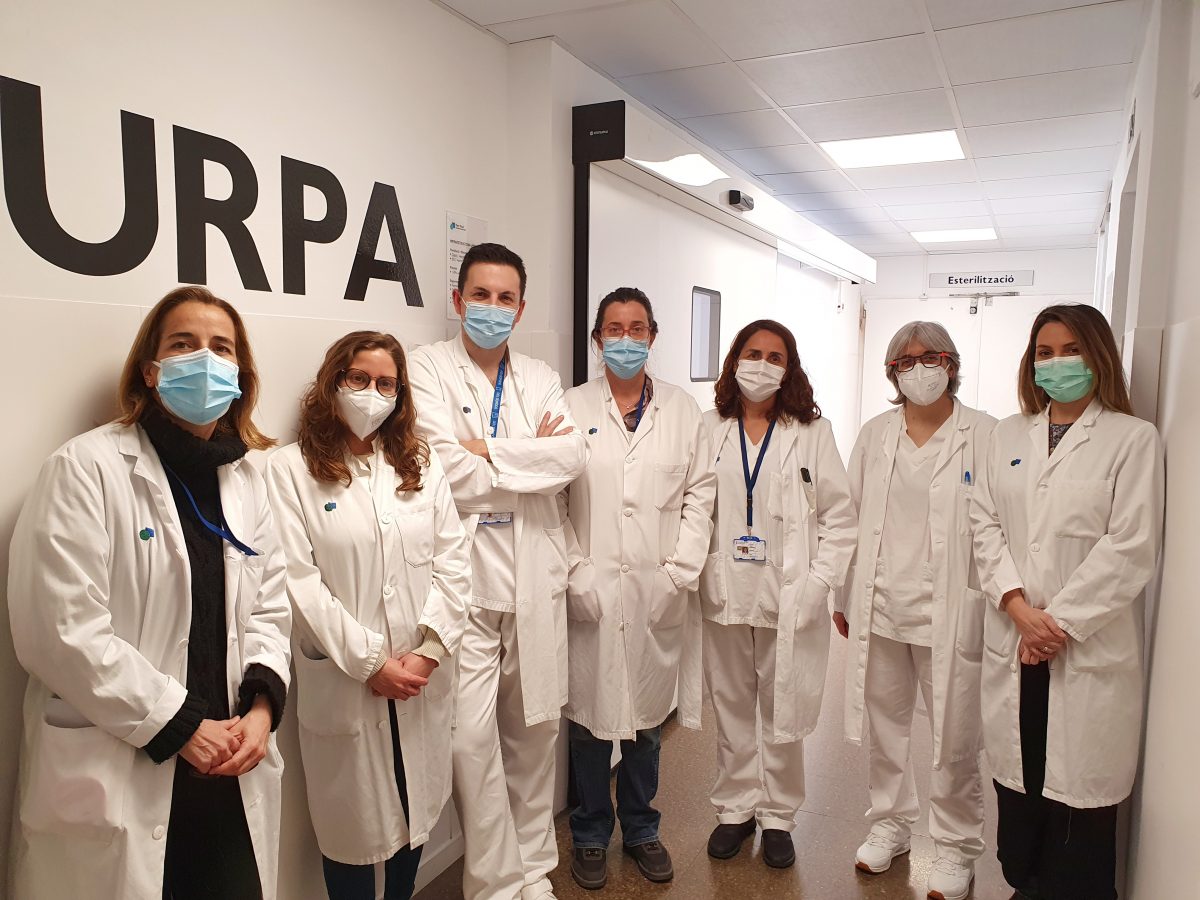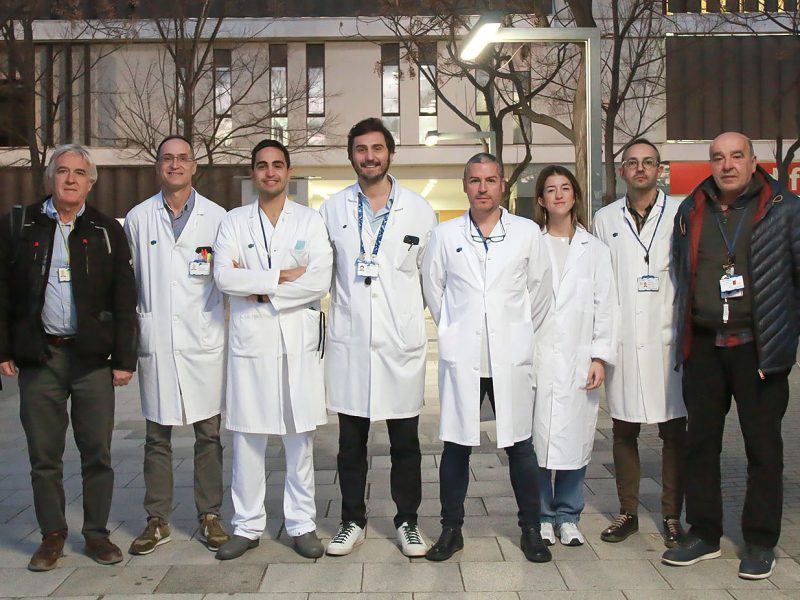
Parc Taulí incorporates robotic surgery for the treatment of obstructive sleep apnea
- Post Tags:
- obstructive sleep apnea
- robotic surgery
- Posted In:
- News
- No Comments
The Parc Taulí Sleep Unit has had a new tool for tackling obstructive sleep apnea (OSA) since February, with the incorporation of robotic surgery, thanks to robot technology. Da Vinci. The Unit, accredited by the Spanish Society of Pulmonology and Thoracic Surgery as a High Complexity Multidisciplinary Unit with a level of excellence for more than 10 years, it is coordinated by the Pulmonology Service and has the participation of professionals from the services of Neurology, Pediatrics, Psychiatry, Maxillofacial Surgery and Otolaryngology.
Obstructive sleep apnea is an increasingly common health problem in the developed world, with a high prevalence of up to 13-16% of the adult population. It is a disease with repercussions on people's health as it is considered a risk factor for cardiovascular and metabolic diseases (hypertension, diabetes, atrial fibrillation), low professional and academic performance. However, it is a disease that is underdiagnosed.
About 1.600 sleep studies are performed each year in the Sleep Unit of Parc Taulí. Over the last 10 years, the equipment has been improved, with the performance of the DISE (induced endoscopy), and the joint work with the professionals of the Anesthesiology Service, with Dr. Sílvia López, the diagnoses and indications. of treatments are becoming increasingly accurate. Now, with the incorporation of robotic surgery, an important qualitative step is being taken in tackling this pathology.
The three-dimensional dimension provided by robotic surgery, through the Da Vinci system, allows surgeons to reach deeper levels of airway obstruction than with conventional four-hand surgery. Thus, a greater removal of structures such as the hypopharynx and the base of the tongue is achieved, with minimally invasive approaches, without the need for tracheostomies, with short times of surgery and hospitalization, and without aesthetic or functional sequelae for the patient. .
The team of otolaryngology specialists, with doctors Mariana Campos, Alda Cardesín and Aina Sansa, emphasize that with robotic surgery the surgical indications of treatment are extended, so that a surgical opportunity can be offered to patients who were previously discarded. by intervention, and which were directly indicated conventional treatment with CPAP (air compressor device used during sleep hours). The ultimate goal is to reduce the number of apneas, improving daytime sleepiness and nighttime oxygenation, without the need for CPAP use in all cases.
The interdisciplinary team started by Dr. Cardesín, Dra. Masdeu and Dra. Vigil in 2010 is made up of pulmonology professionals from the Sleep Unit and otolaryngology professionals who work in a coordinated manner from the case committee, visiting the patient together and making the decisions made with him.




Leave a Reply